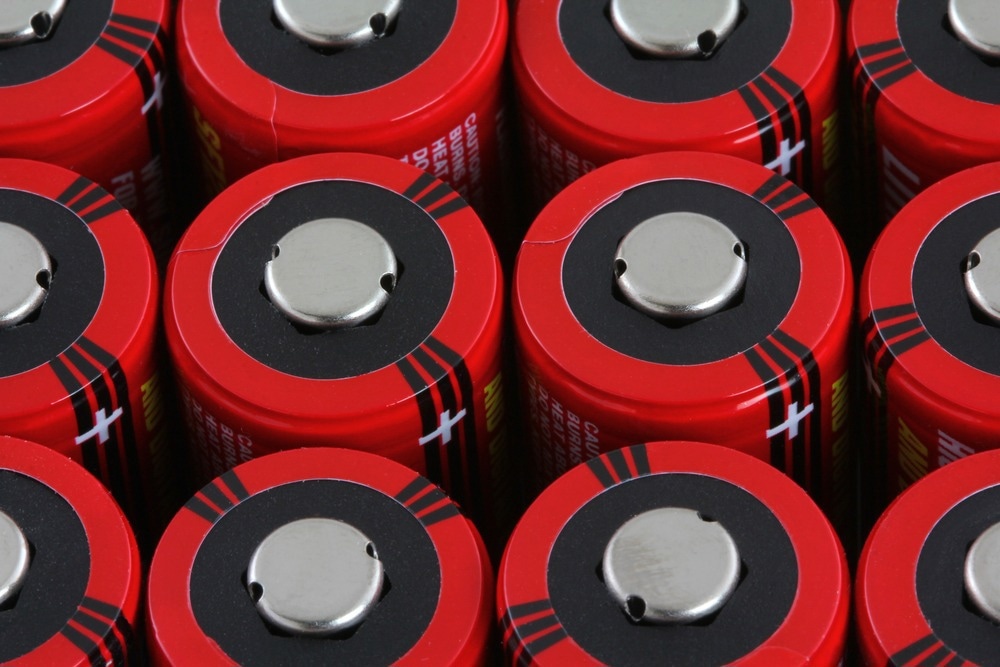All-solid-state lithium–sulfur batteries (ASSLSBs) are known as one of the most potential next-generation energy storage devices for high safety, high energy density, and low price of sulfur.

Image Credit: sasimoto/Shutterstock.com
Scientists headed by Prof. Jianfei Wu from the Qingdao Institute of Bioenergy and Bioprocess Technology (QIBEBT) of the Chinese Academy of Sciences have recently revolutionized the performance improvement and defect engineering of ASSLSBs. They made porous-carbon nanotubes (P-CNTs) employed as a sulfur-bearing matrix, producing S@P-CNTs-based composite cathodes for ASSLSBs. P-CNTs served as a mediator and established a stable triple phase among P-CNTs, sulfur, and ionic conductor solid-state electrolyte (SSE) Li6PS5Cl.
This study was published in ACS Applied Materials & Interfaces on August 18th, 2023.
Sulfur was evenly encapsulated on the outer and inner surfaces of the activated P-CNTs. This was done by developing defects and increasing active sites on the P-CNTs’ surface. The stability and reaction activity of the sulfur cathode in the ASSLSB can be considerably enhanced by optimizing the electron and ion transport networks.
The scientists established that the transfer of lithium ions at the interface between SE and P-CNTs was easier and advantageous to the cycle stability and coulombic efficiency of the ASSLSB.
A capacity of 1099.2 mA h g-1 was displayed by S@P-CNTs-based ASSLSBs at a current density of 1.34 mA cm-2 and 1.5 mg cm-2 sulfur loading and upheld 70.4% of the initial capacity of more than 1,400 cycles.
For batteries even below -40 °C, the SSE developed by the team can offer decent charging and discharging performance. After cycling 3,000 times at 25 °C and 0.5 C, the capacity of soft pack all-solid-state batteries (ASSBs) employing this electrolyte can keep up 82.7% capacity, which initially resolves the life-duration concern of sulfide ASSBs.
“Our work provides a new strategy for the microstructural engineering of carbon materials and interfacial modification for high-performance ASSLSBs,” concluded Prof. Wu.
Journal Reference:
Wang, C., et al. (2023) Synergistic Defect Engineering and Interface Stability of Activated Carbon Nanotubes Enabling Ultralong Lifespan All-Solid-State Lithium–Sulfur Batteries. ACS Applied Materials & Interfaces. https://doi.org/10.1021/acsami.3c07249.